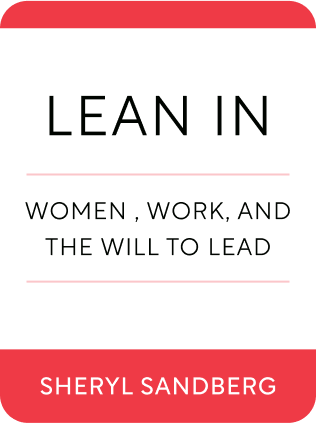

This article is an excerpt from the Shortform book guide to "Lean In" by Sheryl Sandberg. Shortform has the world's best summaries and analyses of books you should be reading.
Like this article? Sign up for a free trial here .
Is there still gender inequality in the workforce? And if so, what is the main reason it still exists in modern societies?
Some people say gender inequality is a thing of the past, especially in Western democratic societies. But this is far from the truth. According to Sheryl Sandberg, the author of Lean In, there are three main reasons why gender inequality is still the case: 1) motherhood, 2) misalignment between academic skills and job responsibilities, and 3) “leadership ambition gap”
Keep reading to learn why gender inequality is still plaguing modern workplaces.
Gender Inequality in the Workforce
The experiences of the women in Sandberg’s family mirror societal changes through the years. The women in her family have been experiencing gender inequality in the workforce for generations.
Her grandmother, born in the 1910s, was pulled out of high school to help earn money for the family. After a teacher insisted she return, she went on to graduate from UC Berkeley. Lore has it that when she left her job to get married it took four people to replace her. During her marriage, she saved her husband’s ailing business and even sold watches out of her car to raise money for a clinic — turning a profit.
Sandberg’s mother, born in the 1940s, was treated equally with her brothers in terms of educational expectations. She graduated from UPenn and entered a Ph.D. program, but dropped out to become a stay-at-home parent and active volunteer.
Sandberg, her brother and sister, were all expected to achieve academically. In an era of increasing equality, she was raised to believe all career paths were open to her. In college, she saw both genders focus equally on academics; men and women were aggressively competitive. She and her friends assumed they would have careers and children. The playing field finally seemed level.
But as Sandberg ascended to the top of the business world, she looked around and realized she was a rarity. Her male classmates from college still worked professionally, but of her high-achieving female classmates, some were professionals, some worked part time, and many stayed at home with children.
This mirrors the national trend of women’s journey through the workforce. In the years after college, women tend to scale back and even drop out of the workforce. This leads to companies and mentors investing in men, who are more likely to stay in the workforce.
So why did progress stall for women’s equality in the workforce just when the playing field seemed more level? There are a few reasons:
- Naivete turned to cynicism. The years that jobs demand maximum input for advancement are the same years women start families. The workplace didn’t evolve to create flexibility for women with children, and partners didn’t evolve enough to share child-rearing and home duties. Women discovered that balancing a family and career is full of sacrifices and hardships.
- Academic skills don’t translate to the workplace. Girls and women shine in the classroom, but academic success skills (compliance, raising hands) don’t translate to the workplace. Career success rewards taking risks and advocating for yourself. Girls are discouraged from these behaviors from an early age (more about this later).
- The “Leadership Ambition Gap.” Fewer women than men aspire to the senior level jobs. This bears a more in-depth look.

———End of Preview———
Like what you just read? Read the rest of the world's best book summary and analysis of Sheryl Sandberg's "Lean In" at Shortform .
Here's what you'll find in our full Lean In summary :
- How professional, personal, and societal hurdles are holding women back
- Why you need to commit to your career with risks and ambition
- How your career is more like a jungle gym than a ladder






